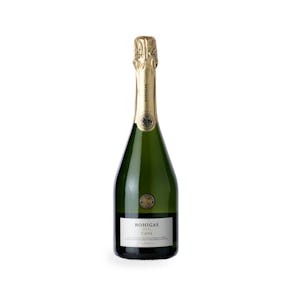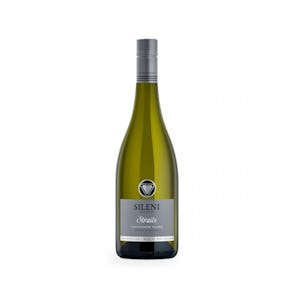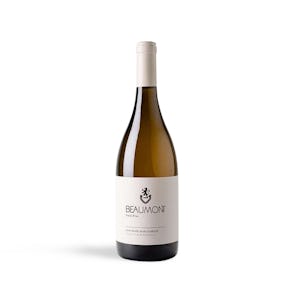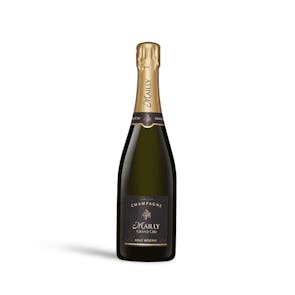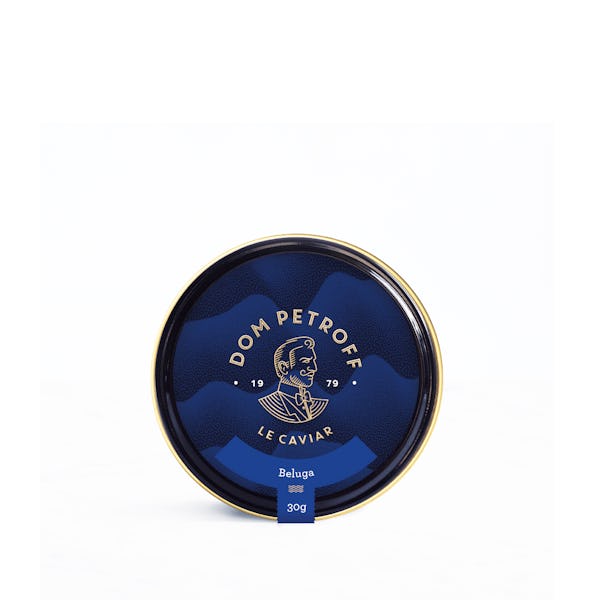
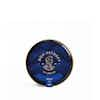
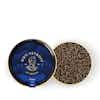
TASTING NOTES FROM THE CURATOR
Beluga caviar has large, soft pearls between silver and black. It has a straightforward flavor, unlike the complexity of Ossetra caviar and is not quite as creamy as Baeri, but it is smooth, mild, and buttery, possessing a subtle nutty and briny flavor. This particular combination of tastes comes from the nature of the fish it comes from. Female Beluga sturgeon can live for over 100 years and only produce eggs when they reach full maturity at around 20 years. The results of this long waiting game, though, are truly worth it.
PREPARATION OR PAIRINGS
Serving caviar, especially the sought-after Beluga, must be a simple affair to allow the qualities of this luxury food to shine. You get the unadulterated flavor of caviar when you serve it on its own, scooped straight out of the tin with a mother-of-pearl spoon. Lemon wedges and sprigs of fresh herbs are classic garnishes, but you can also prepare mini toasted bread triangles or buckwheat blini with a side of sour cream or crème fraîche. Gourmet chefs also use caviar as a contrast to carbonara or as a garnish for puff pastry, baked marble potato, or Deviled eggs.
The classic drink pairs for caviar are Russian vodka or dry, extra brut Champagne, though dry white wines like Chablis, Chenin Blanc offer just the right light, citrusy profile to match well.
THE KING OF STURGEON, PRIZED AND ENDANGERED
With 27 different species of sturgeon, Beluga holds a special spot above the rest. This fish has been around since the Age of Dinosaurs, and has somehow now become very much endangered. Beluga sturgeon roe was once reserved only for British and then Russian royalty. Caviar became synonymous with imperial luxury, a view adopted all over Europe and, later, around the rest of the world. However, when the caviar industry was brought to the United States in the late 1800s, this rare commodity was sold for a fraction of the cost in Europe. By the 19th century, the United States began producing almost 90 percent of the caviar in the world—and took about half their supply from Beluga sturgeon. When 18 out of the 27 sturgeon species made their way onto the endangered list in the 20th century, beluga was among those endangered. By 2005, the United States banned the sale and import of Beluga caviar—and that ban is in place to this day.
Storage Instructions
Keep your unopened tin of caviar refrigerated at a chilly -1 to 4°C for up to 4 weeks. Take it out of the fridge 10 to 15 minutes before serving. If you’re setting it out for a long cocktail party or dinner service, leave it in the original tin, nestled in a bowl of crushed ice to keep it cool. An open tin of caviar must be consumed within 2 to 3 days.



